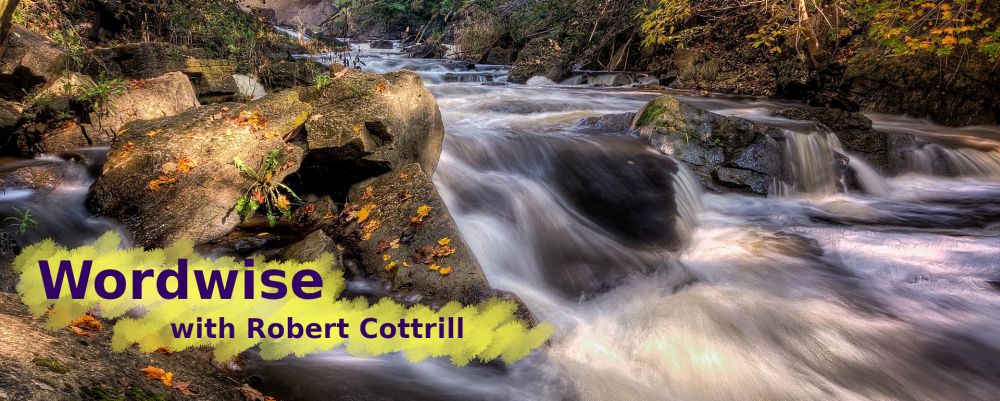Thine Be the Glory
Words: Edmond Louis Budry (b. Aug. 30, 1854; d. Nov. 12, 1932)
Music: Maccabeus, by George Frederick Handel (b. Feb. 23, 1685; d. Apr. 14, 1759)
Note: Edmund Budry was a Swiss pastor who wrote some hymns. He also translated those in other languages into French. The present hymn was written in 1884, and translated into English in 1923. Handel’s wonderful tune comes from a rousing chorus in his oratorio Judas Maccabeus (“See, the conquering hero comes…”).
Sometimes the hymn title and the first line are given as, “Thine is the glory…” But this doesn’t make sense to me. Since the older form “Thine” is used, rather than “Yours,” to be consistent we should retain the word “be.” (Words such as raiment, and naught, argue for that “be” as well.) Further, there is a difference between “Thine is…” and “Thine be…” Both are appropriate, but they are not the same.
With the first, we are stating that the glory presently belongs to Christ. With the second, we are expressing the desire that glory be ascribed to Him now and eternally. Peter takes the second approach when, at the end of his second epistle, he speaks of “our Lord and Saviour Jesus Christ, to whom be the glory both now and forever. Amen” (II Pet. 3:18). Attempts to “modernize” the text of our hymns can be misguided and inconsistent.
(Stanza numbers in brackets below refer to the stanza number in The Cyber Hymnal. Find the link at the bottom of the article.)
The resurrection of Christ was a supremely transforming event. Ever since the fall in Eden, a dark cloud of sin had hung over the whole human family.
The Old Testament sacrificial system pointed to the solution, but could not, in itself, fully deal with sin’s condemnation (Heb. 10:4). The death of a sheep or some other animal illustrated the principle that the death of an innocent substitute was required if individuals were to be cleansed and forgiven. God accepted these sacrifices as a temporary covering for sin, however it was only a foreshadowing of the death of Christ, the Lamb of God, yet to come (Rom. 3:23-26).
But even then, His death alone would have been insufficient. A dead saviour is no saviour at all. If Christ is still in the tomb, we are still under condemnation for our sins and the ministry of the gospel is a sham (I Cor. 15:14). But thanks be to God, He is risen and has become the “firstfruits” and forerunner of all the saints, we who will be raised as He was raised (I Cor. 15:20).
As Man, He sacrificed Himself to die for sins; as God, He could not die (Acts 13:32-35). Christ claimed a power we do not have–that He was able both to lay down His life and to take it again (Jn. 10:17-18). His resurrection demonstrates His identity with certainty. He was “declared to be the Son of God with power…by the resurrection from the dead” (Rom. 1:4).
(1) Thine be the glory, risen, conqu’ring Son;
Endless is the victory, Thou o’er death hast won;
Angels in bright raiment rolled the stone away,
Kept the folded grave clothes where Thy body lay.
Thine be the glory, risen conqu’ring Son,
Endless is the vict’ry, Thou o’er death hast won.
The many meetings of Christ with His followers, after His resurrection, are compressed in the glorious declaration of CH-2: “Lo! Jesus meets us!” And in the realization of what had happened there is also the assurance that “death hath lost its sting.”
The sting of death is sin, and the strength of sin is the law. But thanks be to God, who gives us the victory through our Lord Jesus Christ.
I Cor. 15:56-57
(2) Lo! Jesus meets us, risen from the tomb;
Lovingly He greets us, scatters fear and gloom;
Let the church with gladness, hymns of triumph sing;
For her Lord now liveth, death hath lost its sting.
Immediately after the crucifixion, the followers of Christ could well be characterized as fearful, doubting and despondent (Jn. 20:19). Jesus was dead. What now? Had it all been for nothing? But as He presented Himself alive, time and again, with “many infallible proofs” (Acts 1:3), doubts vanished like a mist at noonday, and His followers were filled with joy.
(3) No more we doubt Thee, glorious Prince of life;
Life is naught without Thee; aid us in our strife;
Make us more than conqu’rors, through Thy deathless love:
Bring us safe through Jordan to Thy home above.
This great resurrection hymn should be used far more than it is. I encourage you to sing it on Easter Sunday morning, or perhaps as a closing hymn after the Lord’s Supper.
Questions:
- What is the most important thing accomplished by the resurrection of Christ?
- What other gospel songs and hymns about the resurrection have been a blessing to you?
Links:
- 30 August 1854 – Edmond Budry Born
- Thine Be the Glory (The Cyber Hymnal)
- Thine Is the Glory (Hymnary.org)
